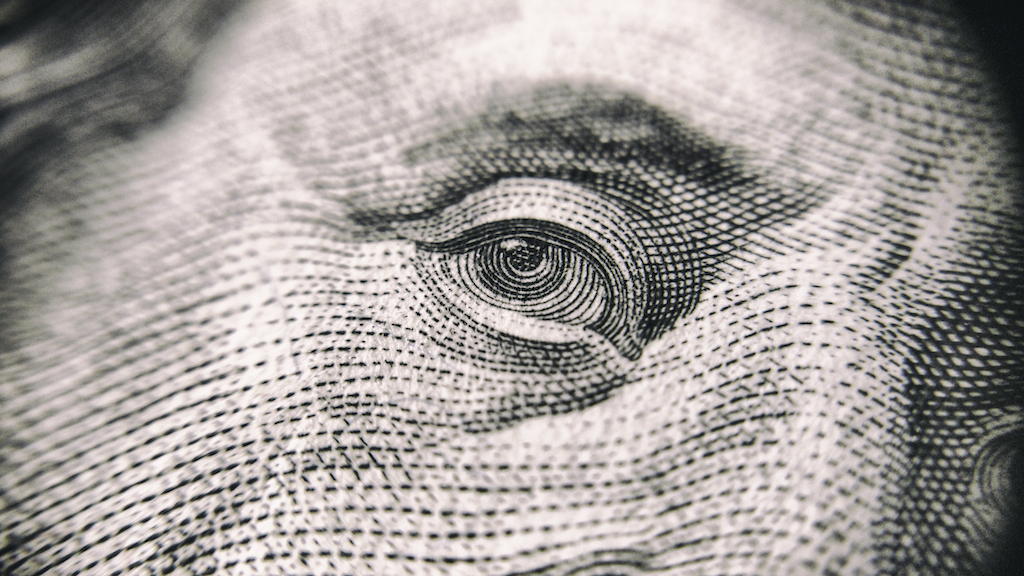“Great speakers find a way of making an early connection with their audience. It can be as simple as walking confidently on stage, looking around, making eye contact with two or three people, and smiling.” -Chris Anderson, TED Talks curator.
If there’s one thing a presenter should always keep in mind, it’s that the audience is the most important thing about a presentation. Therefore, making the audience feel as important as possible is essential and that’s easily attained by maintaining eye contact throughout the delivery. Moreover , a sustained , meaningful eye contact with your audience also helps you enhance your impact as a presenter. It builds a rapport with your audience and keeps them engaged. Here are few more benefits of a great eye contact during a presentation:
- Projects command and confidence: One of the most powerful means of communicating confidence and conviction is sustained, focused eye contact. If you can’t look people in the eye, you can’t expect them to believe your message or agree with your point of view.
- Helps connect with the audience: When your audience see your eyes scanning their faces, they feel invited to engage with you. They feel encouraged to signal to you how they feel about what you’re saying–with nods, frowns, or smile. As a result, your listeners are transformed from passive receivers to active participants. Your monologue takes the form of a dialogue, one in which you speak words while they speak with gestures and facial expressions. Your speech or presentation is suddenly a conversation.
- Makes you sound more authoritative: When you look someone in the eye for three to five seconds, you will naturally slow down your speech, which will make you sound more authoritative. In fact, you will find that you are able to pause.
- Calm your nerves: Focusing your eyes helps you concentrate. When your eyes wander, they take in random, irrelevant images that are sent to your brain, slowing it down. Keep your eye contact steady so you can concentrate on your message.
- Establish Connection with the audience: When you look someone in the eye, he or she is more likely to look at you, more likely to listen to you, and more likely to buy you and your message.

